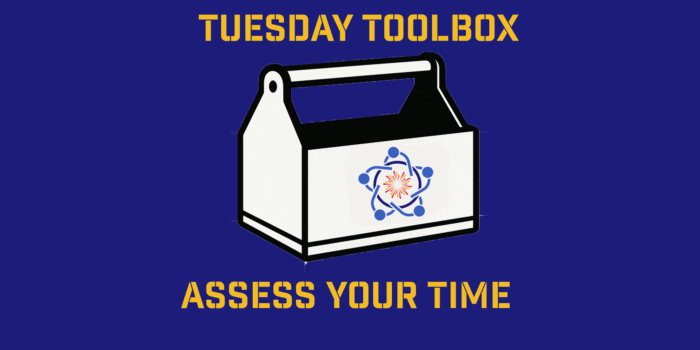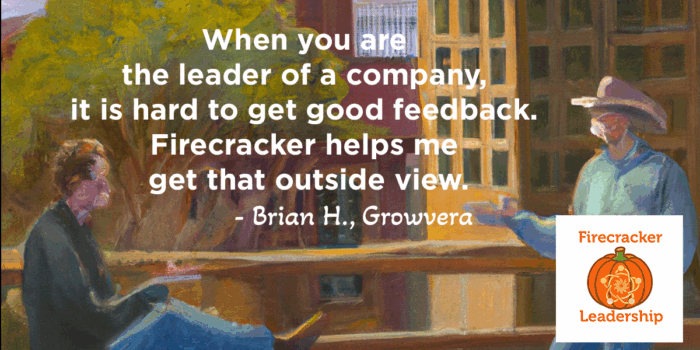What hasn’t happened this year that needs to? Would getting clarity help?
Career paths, staying connected to alumni and exit interviews that result in change can keep you in top employer status.
For the past couple years, companies have scrambled to understand why they were losing so many employees. Could the pandemic have chased millions out of the corporate ranks and into consulting or freelancing gigs? Did some people simply retire early or live off government stimulus money?
It looks as if the biggest answer may be the most straightforward one. While there’s no official survey of the tens of millions of people quitting jobs in the last couple years, experts are increasingly convinced that the overwhelming majority did not give up their employment status, or if they did it wasn’t for very long. They most likely took a role somewhere else that either paid them more immediately or offered a better opportunity of advancement. What is called the Great Resignation could also be known as the “Great Reshuffle.”
According to the U.S. Bureau of Labor Statistics (BLS), in 2021, new hires totaled 75.3 million and separations (including those who quit, were laid off or left for other reasons) totaled 68.9 million. That equates to a net employment gain of 6.4 million. The industries that saw the largest increase in openings included accommodation and food services; manufacturing; and state and local education. The industries that saw the largest decrease in openings, according the BLS, included in finance, insurance and wholesale trade.
To be sure, some people have quit to go solo. U.S Census Bureau figures show that Americans filed a total of more than 5.4 million applications to start new businesses in 2021, surpassing the record set in 2020 of 4.4 million. In some cases, people made that switch because they didn’t want to return to working in an office full time. But that doesn’t explain away much of the quitting, experts say, because surveys show only a minority of U.S. companies have brought back the majority of employees to offices full time.
Millions of front-line workers and professionals are jumping between employers as they chase significant salary increases, signing bonuses, and offers of career development. We’ve even seen people newly hired just a few months ago who are now turning around and quitting for even better opportunities.
There are many reasons people are choosing to reshuffle, in addition to financial and material stability. These include happiness and satisfaction, mental and physical health, meaning and purpose, character and virtue, and close social relationships.
All this reshuffling potentially spells trouble for leaders who are focusing only on filling open roles rather than reevaluating what will keep employees engaged and productive. At least while unemployment remains at or near historical lows, there’s not much stopping these employees from moving again. This means retention is one of the single biggest issues for CEOs and their organizations.
While the traditional response to keeping employees is to offer greater compensation, that’s not enough. CEOs must play a critical role in setting the tone for making their organizations a place where employees want to stay.
Key tactics include giving employees a clear picture of their career progression and offering them development opportunities and mentors who can help them along the way.
Another tactic is to not sever ties with employees who did choose to leave, for they may soon become “boomerang” employees who return to their former employer. Support their decision to get new experiences but let them know the door is open if they choose to return. The benefit of re-hiring alumni is that they know their way around your organization and you know what you are getting in terms of their strengths and areas of development opportunities.
Finally, keep in mind that certain departures may give an opportunity to build the workforce of tomorrow. Leaders can think about new skill sets and what—and who—is needed to help organizations transform. Take this as an opportunity to do thoughtful hiring and not get trapped in the “oh my gosh I need to fill seats.” It’s time to think of the teams needed to progress the business agenda, not just the person. Step back and think about culture fit, skill sets and diversity of thought that is needed to succeed.



